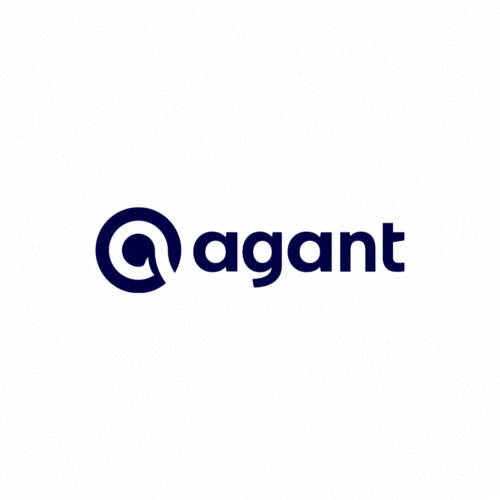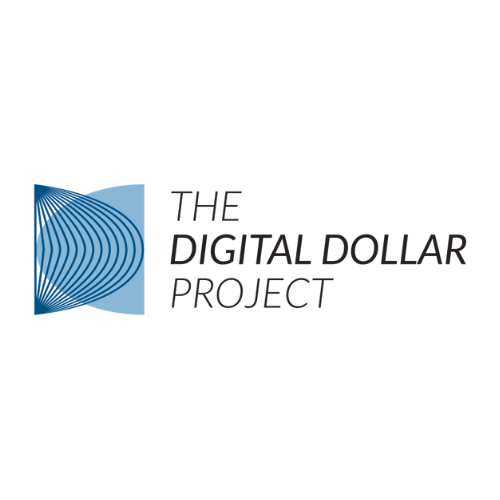Hong Kong’s Monetary Authority has successfully completed the first stage of its experimental Central Bank Digital Currency (CBDC) initiative. The report issued on Monday brings clarity to the progress made, although it leaves the future implementation of e-HKD, the retail iteration of Hong Kong’s CBDC, in ambiguity.
The pilot project has brought to light several promising and “unique” capabilities, such as atomic settlement, tokenization, and programmability. The CBDC’s programmable nature is believed to hold the potential to bolster consumer protections and nurture a sense of trust between consumers and businesses through the integration of smart contracts.
An innovative “retail escrow product” was conceptualised and subjected to rigorous testing by the China Construction Bank Asia and the Bank of China in Hong Kong. This mechanism allowed customers to securely place a prepayment in escrow for a specific good or service, ensuring the automated distribution of funds upon completion of the service. Additionally, the China Construction Bank conducted a separate experiment focusing on subscription models, introducing a “refund mechanism” into the mix.
The project report also delves into the advantages of tokenization, highlighting that it not only paves the way for banks to initiate tokenized deposits, mirroring the concept of bank deposits within the CBDC framework, but also offers tangible benefits for retail consumers. The adoption of tokenization is posited to enhance asset owners’ access to marketplaces, bringing about a surge in liquidity, efficiency, and transparency in comparison to traditional marketplaces.
The concept of atomic settlements was another focal point of the project, ensuring the immediate and conclusive transfer and settlement of assets. By expediting the processing of digital transactions, the project anticipates a shift in preference from cash to digital payments among businesses.
The Hong Kong Monetary Authority emphasised the need for a collaborative effort among business stakeholders and intermediaries to reassess and realign their processes and operational standards, addressing the ‘last mile’ payment processing bottleneck resulting from various business, operational, and technical challenges.
The trial incorporated tests on distributed ledger technology alongside evaluations of “non-DLT based designs.” The Monetary Authority has not yet reached a definitive conclusion on which design to adopt, acknowledging the potential of DLT to enhance interoperability and support diverse use cases at scale. Conversely, they also recognise that a “non-DLT based design” might offer a more straightforward, cost-efficient alternative that aligns more closely with contemporary conventional payment systems.




























































